Badyaga: it saves you from bruising, and you don't even know it's not a plant
Categories: Animals
By Pictolic https://pictolic.com/article/badyaga-it-saves-you-from-bruising-and-you-dont-even-know-its-not-a-plant.htmlBadyaga (or bodyaga, which is also correct) — it is a well-known remedy for bruises for many generations. It is difficult to overestimate the importance of this medical remedy for hematomas, because most of us at least once in our lives were indebted to it for the rapid return of a respectable appearance. Meanwhile, few people know. what is this badyaga - at best, they will be able to report that they extract it in the water. So what is this thing and why does it have such healing properties?
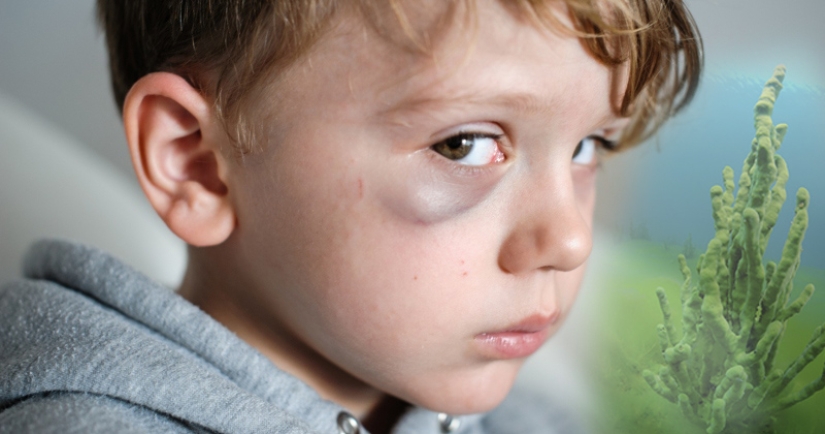
Badyaga, or Spongilla in Latin — is a green, motionless denizen of the bottom, but, unexpectedly, not a plant at all. This drug refers to the animal world, or rather, to sponges. And, yes, it does not live "at the bottom of the sea" like SpongeBob, because badyaga is an exclusively freshwater resident, and even loves water without harmful impurities.
Sponges live in colonies in rivers, streams and lakes. Scientists distinguish between lake and river bodyaga, but an ordinary person, even a very observant one, is unlikely to distinguish them. The life of this strange animal is not interesting, but it is quite calm. Badyaga filters the water, taking from it everything that can be useful to her.
And it is useful to "everything that got into your mouth" - any small organic matter of animal or vegetable origin will suit the sponge. Badyagi are incredibly hardworking-a specimen with a height of 5-7 cm per day is able to pass through up to 20 liters of water!
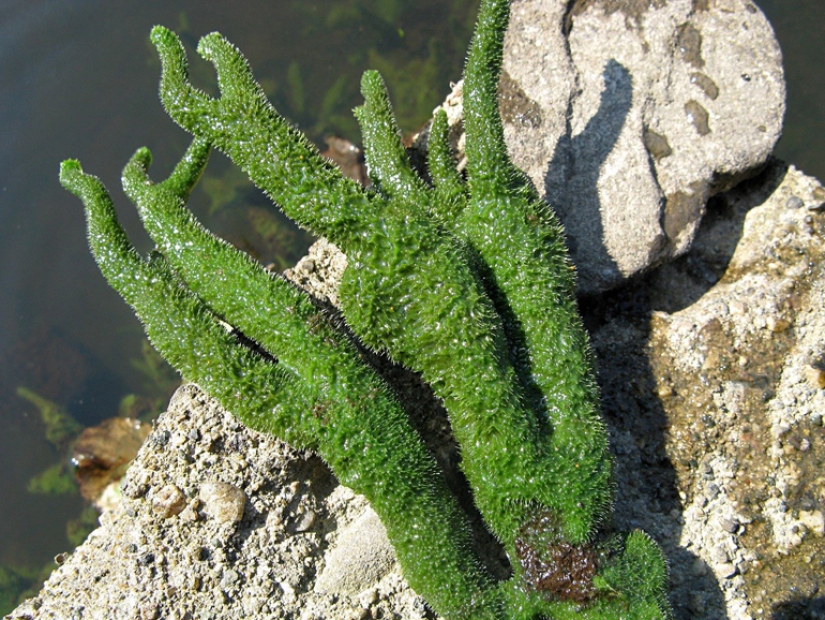
The transparency of the reservoir is an optional condition for the prosperity of colonies of these sponges. Muddy water, rich in nutrients, will even be preferable for the animal. But with the chemistry of badyag did not work out — oil products, pesticides, detergents, industrial wastewater — all this is fatal for Spongilla.

Badyaga's silicon skeleton
The medicinal properties of this sponge are also provided by spicules and spongin. When rubbed into the skin under which the hemorrhage occurred, they cause increased blood circulation in the tissues, thanks to which the bruises resolve an order of magnitude faster than usual.
But it should be remembered that fresh badyaga can only worsen the condition of the skin. The concentration of benefits in it is such that, most likely, it will cause a burn on top of the bruise. And it's not too hygienic — the sponge colony is always full of various extraneous animals, both visible to the eye and microscopic.
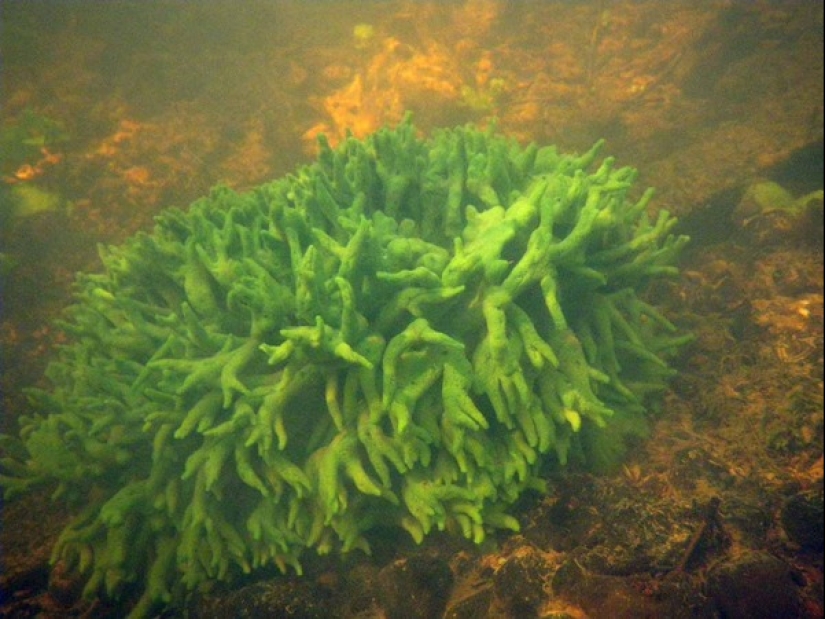
Therefore, if you recognize a badyaga in a river or lake, it is better not to touch it. It should be remembered that these sponges are protected by law as an endangered species. So for a therapeutic substance, welcome to the pharmacy — in the form of special ointments and gels, Spongilla is the most effective and completely safe.
To the plant world badyaga is mistakenly attributed not only because of the spreading branches, but also because of the green color. But this color is not native to the sponge — it is given to it by algae-symbiotics that live with it together. Ideally, the pure badyaga has the same color as the suspension that it filters-gray, brown or brown-according to the circumstances.
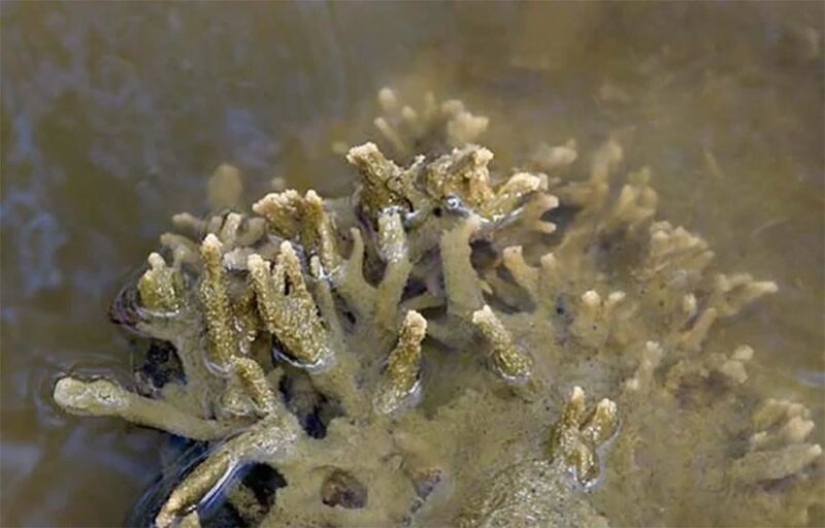
This sponge reproduces, like most representatives of the animal world, with the participation of male and female individuals. But the males do not have genitals, so they simply release male sex cells into the water, which can get to the female or not, as luck would have it.
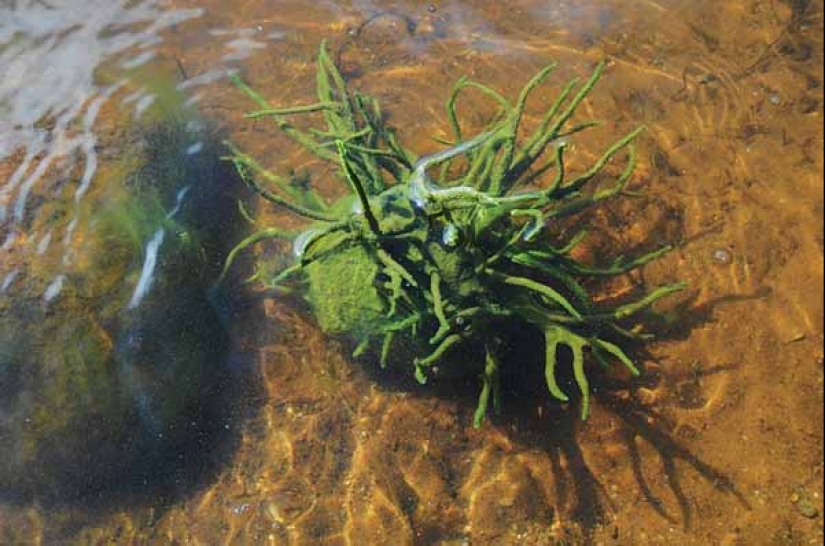
Those that are successfully fixed and get everything you need for full development, gradually turn into adults. To gain some solidity of size, the animal needs at least five years, and to attract the attention of the procurement of medicinal raw materials-even more.
Badyaga is not as popular today as it was 30-40 years ago. Previously, together with zelenka and plantain, these sponges helped to fight injuries with an unspoiled variety of medicines to Soviet citizens.
Keywords: Reservoir | Colony | Microorganism | Lake | River | Fauna
Post News ArticleRecent articles

Most of us loved as kids magic tricks, but someone loves them right now. However, the attitude to the hoax became a few others ...

Everything is changing. This is well and has long been known to everyone. But when something stays with you for a long time, it is ...
Related articles

What did the petty criminals of the XIX century look like? We offer you a look at the faces of English prisoners held in a penal ...

The life of people on other planets no longer seems like a perfect fantasy, as a few decades ago. Space exploration is being ...

When in the XV century the first Portuguese landed their ships to the shores of Ghana, they were amazed by the amount of gold. It ...

Compared to the 1970-ies 1980‑e years were a time of cautious optimism in new York. Boom on wall street fueled the speculative ...